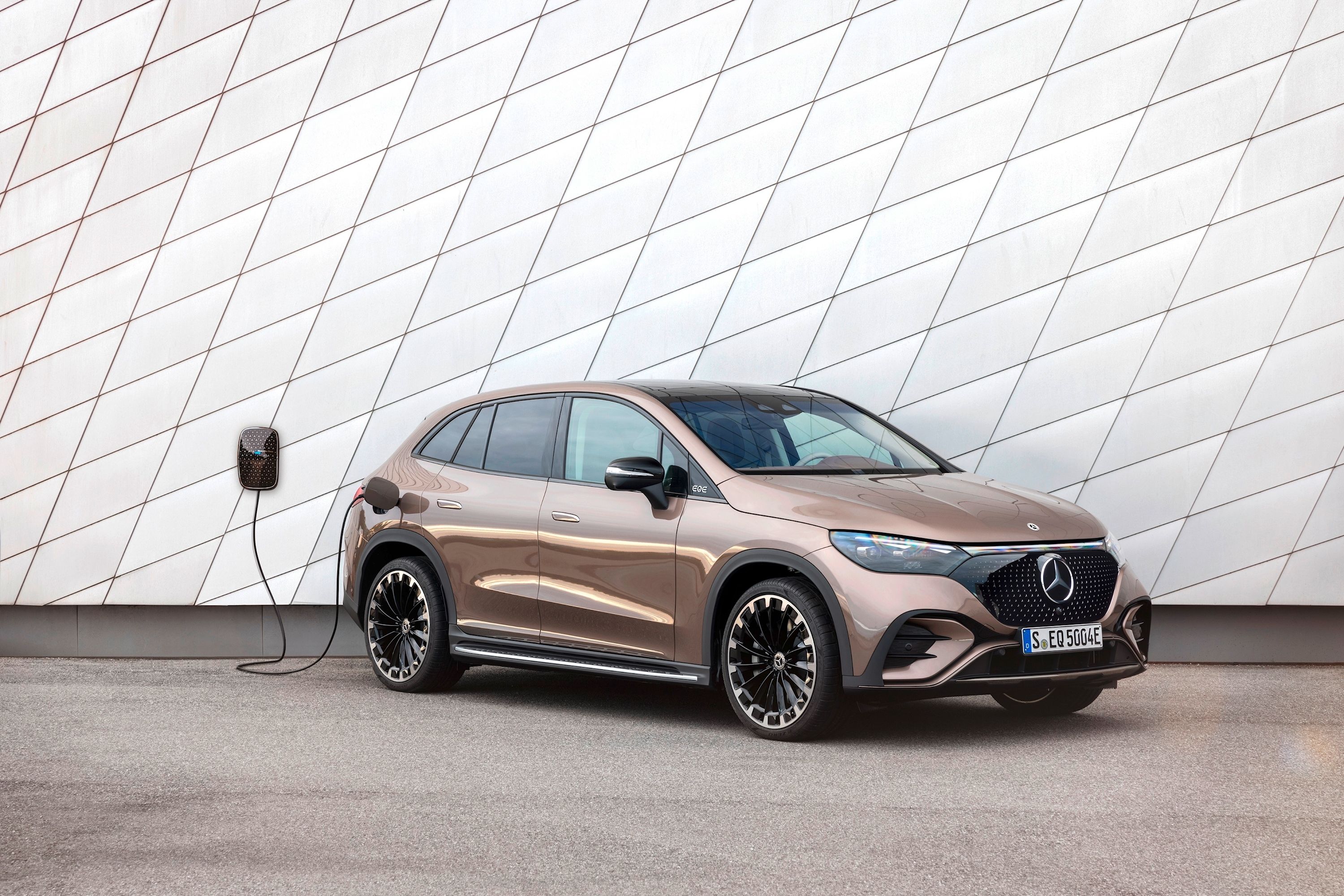
Mercedes-Benz is one of the biggest forces behind the green revolution in the automotive industry and has pledged to go all-electric by 2030, which means its range of internal combustion engines is living on borrowed time. Mercedes is currently preparing to launch a series of EV cars including the Mercedes EQE and electric GLE, and even its performance vehicles are scaling down on big V8 engines in favor of smaller turbocharged four-cylinder hybrid powertrains. The company is also working on some interesting environmentally-friendly side-quests such as ultra-white paint that will make EVs more efficient, and now it has just announced the Mercedes-Benz Sustaineer, an ultra-sustainable Mercedes-Benz Sprinter van that goes the extra mile to save the planet.
Sustaineer is a combination of the words sustainability and pioneer, and represents Mercedes-Benz's latest foray into the world of sustainable motoring. These "last-mile" vans can produce their own green electricity and can actively improve the air quality around them by using a solar panel on the roof, a fine particle filter on the front module and underbody, a heating system which is close to the body, and component parts made of recycled material.
"The Sustaineer demonstrates the systematic implementation of our sustainable business strategy," says Marcus Breitschwerdt, Head of Mercedes-Benz Vans. "It pools together a large number of innovations and solutions from Mercedes-Benz Vans and shows the contribution the commercial transport sector can make to climate neutrality, livable cities, and the conservation of resources."
Mercedes takes air quality rather seriously, and the Sustaineer promises 50% less air dust from tire wear, brakes, and asphalt by using two fine particulate filters developed in collaboration with Mann and Hummel that are located under the rear axle and front module. These vans also use low-wear brake pads and optimized eco-friendly tires. A fine particulate filter inside the cabin allows the Sustaineer van to be used as a monitoring station, and can effectively manage particular particle densities at any given time. The front module and underbody filters are able to filter particles of up to ten micrometers. The cast-iron brake disks get a special ceramic coating to reduce wear and dust particles.
Up top, the Sustaineer makes use of solar energy panels. Up to 50% of greenhouse emissions with EV cars come from the charging process, so the Sustaineer generates its own electricity by using solar panels and can produce peak power of 850 Watts (Wp) on a surface of 51.7 square feet. This photovoltaic system is always running and continues to produce energy even when the van is switched off.
The Sustaineer also boasts an innovative climate control system that features a heated steering wheel and even seat belts. Keeping the heat close to the occupant's body, instead of just a general blast of heat from the climate control system, further improves efficiency. "Our goal: Innovations and technical solutions must always make a contribution to sustainability and offer added value for drivers and other road users," says Ulf Zillig, Head of Development and Product Development. "Only then is a new technology good enough to be installed in a Mercedes-Benz van."
Mercedes-Benz is a pioneer in the use of recycled materials, and of course, the Sustaineer features a ton of these. Examples include underbody paneling made from recycled polypropylene and used tires and a UBQ filler material made from recycled household waste. UBQ's synthetic recycled materials can replace the traditional plastics used in the manufacture of car parts and are excellent for noise absorption. The partition between the cab and the load compartment is made of natural straw panels that are recyclable, biodegradable, and formaldehyde-free.
Noise pollution is another area that the Sustaineer seeks to address, and it accomplishes near noiseless operation thanks to its 116-horsepower electric drivetrain and a battery of up to 47 kWh. Even its sliding doors have been designed with low rolling resistance for quiet operation. The see-through doors also limit potential accidents from happening and close automatically.
As if the physical aspects of the Sustaineer aren't impressive enough, Mercedes-Benz makes use of advanced tech and software to reduce emissions even further. The first step in doing so is efficient route planning. Mercedes-Benz accomplishes this by using and developing the new STAGE platform that uses a plug-and-play hardware device and a web service called the Control Center that enables fleet managers to efficiently manage routes and delivery spots. The Sustaineer also plans to identify danger areas in advance - such as pothole-ridden roads by using cameras to monitor the road ahead with the help of artificial intelligence and cloud-based traffic info.
Inside the cabin, the Sustaineer makes use of a number of advanced systems to improve all-round visibility, making driving a more pleasant, and less tiring experience. Mercedes-Benz plans to implement tech such as a digital mirror system, interior filter, and Daylight+ to reduce driver fatigue and increase health and happiness. The digital mirror system, for instance, increases the driver's field of vision, increasing the overall safety. The Sustaineer also comes fitted with an extensive driver assistance safety suite that includes tech such as crosswind assist, active brake assist, attention assist, and lane keeping assist. A 360-degree camera system and high-beam assist are also present. It is fair to say that this might just be the future of vans, at least in Europe.
"Delivery vans like the Sustaineer are an important component of urban life," adds Zillig. "They should therefore make a contribution to sustainable mobility. Our Sustaineer technology demonstrator shows how Mercedes-Benz Vans is pushing sustainable logistics in areas that go beyond electrification and climate-neutral production."
